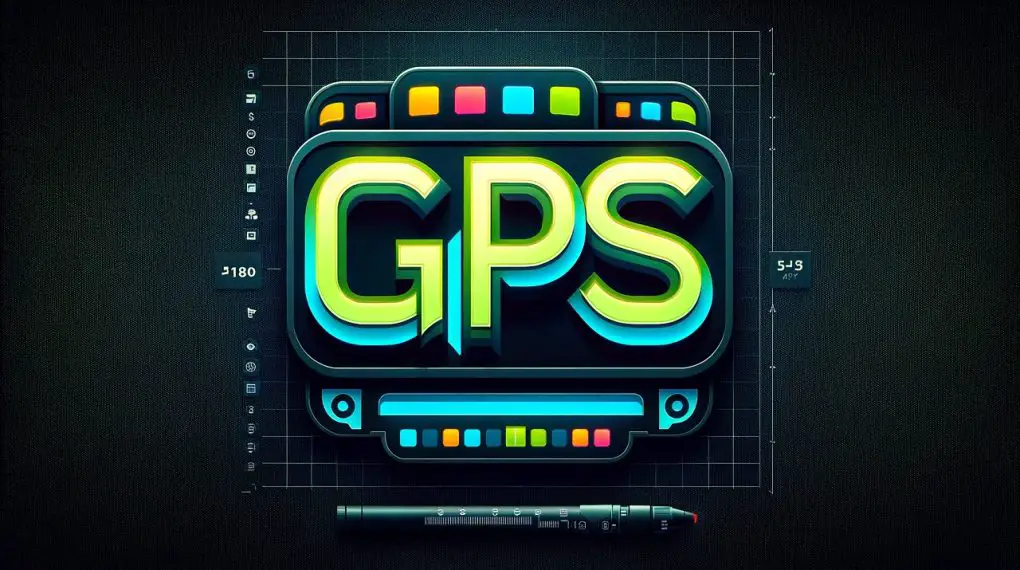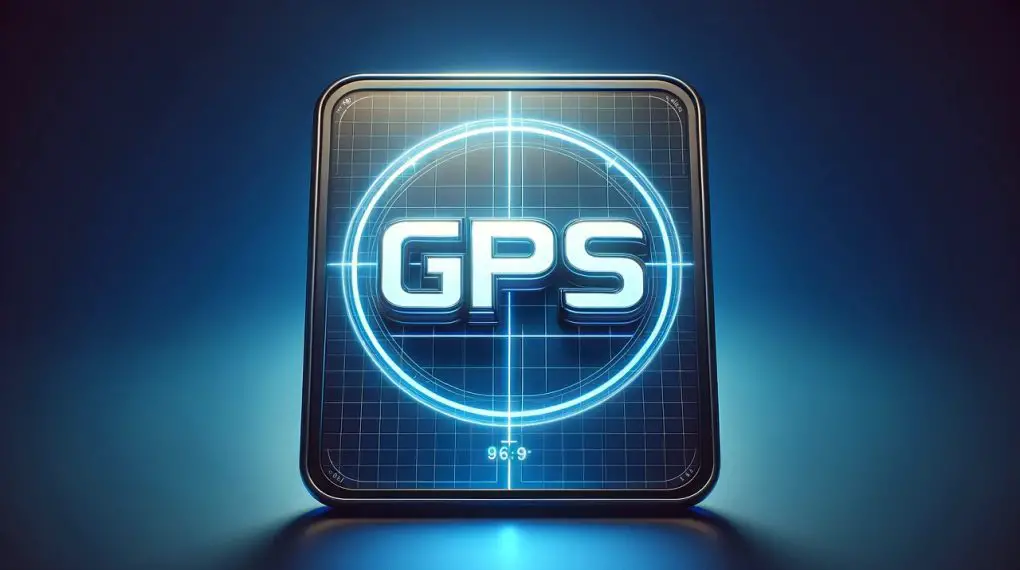Struggling with your GPS not sticking to windshield is a common yet solvable issue. This guide will provide you with a detailed understanding and step-by-step instructions to ensure your GPS mount remains firmly attached, providing you with reliable navigation on all your travels.

Understanding the Problem
When your GPS won’t stick, it’s typically due to a few fixable reasons. It could be the result of a dirty windshield, a degraded suction cup, or temperature fluctuations affecting the adhesive’s performance. Let’s break down these common issues:
Dirty Windshield: A windshield that hasn’t been cleaned properly is the most common culprit. Dust, oils, and other residues on the glass surface can create a barrier between the suction cup and the windshield, preventing a secure seal.
Degraded Suction Cup: Over time, the suction cup of your GPS mount can lose its elasticity and shape. Exposure to sunlight and the elements can cause the material to harden and crack, reducing its ability to adhere properly to the windshield.
Temperature Fluctuations: Both high and low temperatures can impact the performance of your GPS mount’s adhesive. In hot weather, the suction cup may soften and lose its grip, while in cold conditions, it may become too rigid to form a good seal against the glass.
Understanding these common problems is the first step in troubleshooting why your GPS is not sticking to the windshield. With this knowledge, we can move on to the solutions that will help you address and rectify each issue effectively, ensuring that your GPS stays in place during your drives.
Step-by-Step Guide to Fixing Your GPS Mount
Here’s a Step-by-Step Guide to Fixing Your GPS Mount…
Step 1: Clean Your Windshield
Cleaning your windshield is the fundamental first step to ensure that your GPS mount adheres properly. Begin by selecting a cleaner specifically designed for automotive glass, which can cut through the grease and film that often accumulate on the inside of the windshield. It’s important to avoid household glass cleaners that may contain ammonia or harsh chemicals that could damage automotive surfaces or leave behind residues that impair suction cup performance.
Using a microfiber towel is crucial as it is gentle on the glass and won’t leave behind fibers that could undermine the GPS mount’s grip. Spray the cleaner onto the towel rather than directly on the glass to prevent overspray onto the dashboard or electronic devices. Wipe the glass in a circular motion, focusing on the area where you intend to place the GPS mount, ensuring that all grime and oil are lifted. For stubborn spots, a repeated application may be necessary.
After the initial wipe-down, turn the towel to a dry side and buff the glass to a streak-free shine. This not only improves the suction cup’s adherence but also enhances your visibility, which is vital for safe driving. Allow the windshield to dry completely before proceeding to the next step. A clean and dry windshield will provide the optimal conditions for the suction cup to stick firmly and remain in place.
Step 2: Prepare the Suction Cup
The effectiveness of your GPS mount’s suction cup can be greatly enhanced by proper preparation. Begin by submerging the suction cup in warm, not hot, water. The warmth of the water will temporarily increase the flexibility of the rubber, allowing it to form a better seal against the glass. Be cautious to ensure the water temperature is not too high as extreme heat can damage the suction cup’s integrity over time.
After soaking for a minute, remove the suction cup from the water and shake off the excess. It should be merely damp to the touch. A suction cup that is too wet can fail to form a proper vacuum seal, which is necessary for it to stick to the windshield effectively. If you notice any residual dirt or lint on the suction cup, now is the time to gently wipe it away with a clean part of the microfiber cloth used in the previous step.
Before application, inspect the rim of the suction cup for any tears or deformities that might prevent a good seal. If any are found, it may be time to consider replacing the suction cup. Assuming the suction cup is in good condition, press it firmly against the windshield in the desired location. The surface tension of the damp suction cup, combined with a clean windshield, will create a strong vacuum that should hold the GPS in place.
Click here for more articles like this one click here – GPS Problems: Your Complete Guide to Common Issues and Solutions
Step 3: Warm the Windshield
Temperature plays a significant role in the performance of your GPS suction cup. If the windshield is too cold, the suction cup may not conform to the surface as needed to create a tight seal. Conversely, if the windshield is too hot, the suction cup might adhere initially but lose its grip as the rubber expands or becomes too soft. The goal is to bring the windshield to a moderate temperature that is conducive to optimal suction cup performance.
To warm your windshield, start your vehicle and turn on the defroster. Set it to a warm (not hot) setting. Allow the air to flow over the glass evenly. The gradual warming process will help avoid thermal shock to the glass, which can occur if there is a rapid temperature change. It will take a few minutes for the entire windshield to reach a uniform lukewarm temperature. Patience here is key; too much heat too quickly can lead to the windshield becoming overly hot, which, as mentioned, can negatively impact the suction cup’s ability to hold.
Once the windshield is evenly warmed and feels lukewarm to the touch, it’s ready for the GPS mount. It’s essential to ensure that the temperature is not only suitable for the suction cup but also comfortable to touch, as you will be pressing the mount against the glass with your hands. This step is especially important in colder climates or seasons where the difference in temperature between the inside and outside of the vehicle can be significant.
After warming the windshield, it is advisable to turn off the defroster before applying the suction cup to avoid introducing any new temperature gradients that might affect the suction process. With the windshield at an optimal temperature, the suction cup can be applied with greater confidence that it will remain in place.

Step 4: Apply the GPS Mount
Applying the GPS mount is a critical step that requires attention to detail to ensure it stays in place. Before attaching the suction cup to the windshield, make sure the lever or locking mechanism on the mount is in the open position. This will allow you to press the suction cup fully against the glass without resistance, creating a complete and even seal.
Position the suction cup against the windshield where you have cleaned and prepared the surface. Press it firmly in the center and work your way outwards to remove any air pockets. The absence of air gaps is crucial for maintaining the vacuum seal that keeps the suction cup attached to the windshield. Once the cup is in place, close the lever or engage the locking mechanism to finalize the seal. This should create additional suction within the cup, anchoring it securely to the glass.
If your GPS mount uses an adhesive pad instead of a suction cup, the approach is slightly different. Clean the area where you will apply the adhesive pad with the alcohol-based cleaner used earlier to ensure it is free of any contaminants. Peel off the protective film from the adhesive pad, carefully align it to the desired spot on your windshield, and press it down firmly.
Apply pressure for a few seconds to ensure full contact with the glass. It is important to do this in moderate temperatures to ensure the adhesive can bond properly. Once applied, refrain from attaching the GPS device immediately. Consult the manufacturer’s instructions for the recommended curing time, which is the period needed for the adhesive to set and achieve its maximum strength. This can vary from a few minutes to several hours depending on the product.
After the mount is attached, whether by suction or adhesive, inspect it to ensure it is straight and positioned at an angle conducive to easy viewing and operation of the GPS unit. Make any necessary adjustments before the adhesive sets or the suction cup cools to its normal temperature, after which repositioning may become more difficult.
Step 5: Test the Mount
Once you have installed the GPS mount, conducting a stability test is vital to ensure it is securely fastened. Begin by gently pulling on the mount in different directions – upward, downward, and side to side. This simulates the various forces that may act on it during driving conditions, such as sudden stops, accelerations, and turns. It’s crucial that the mount withstands these tests without losing its grip on the windshield or showing signs of movement.
If the mount holds firm, check that the locking mechanism, if your model has one, is fully engaged. For suction mounts, observe if the cup remains concave, indicating a strong vacuum.
In the case of adhesive mounts, verify that there is no give or detachment at the edges where it adheres to the windshield. If any movement or loosening occurs, reevaluate the application process, ensuring the windshield and suction cup are clean and that the adhesive has had enough time to set.
It is also advisable to attach the GPS unit to the mount at this point and adjust it to your preferred viewing angle. This will add weight to the mount, providing a more accurate test of how it will perform under actual conditions. With the GPS unit in place, gently shake the mount once more to confirm that the additional weight does not affect the stability.
Remember, the goal of this test is not to dislodge the mount but to ensure it can withstand the typical movements and vibrations experienced during driving.
If you find that the mount repeatedly fails these tests, consider re-cleaning the windshield, replacing the suction cup or adhesive, or contacting the manufacturer for further guidance. It’s imperative that you trust the mount’s stability before heading out to ensure your safety and the safety of others on the road.
Conclusion: GPS Not Sticking to Windshield
Successfully addressing the issue of a GPS not sticking to the windshield requires attention to detail and a methodical approach. By following the comprehensive steps provided, from cleaning the windshield to ensuring the suction cup is in optimal condition, you can solve this common but critical issue.
A secure GPS mount is more than a convenience—it’s a safety measure that allows you to navigate with confidence, free from the distractions of a dislodged device. Remember, regular maintenance of both your windshield and GPS mount is key to ongoing performance. With your GPS now firmly in place, you’re ready to embark on your journeys, knowing that your path is clearly marked and your focus can remain where it matters most—on the road ahead.